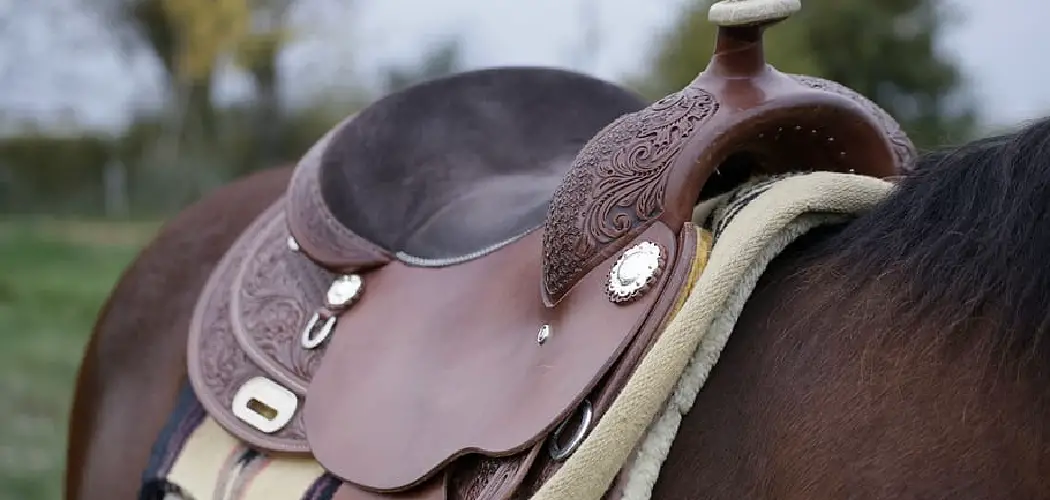A leather saddle is a prized possession for equestrians and requires regular maintenance to keep it in optimal condition. Cleaning a leather saddle not only enhances its appearance but also helps to prolong its lifespan.
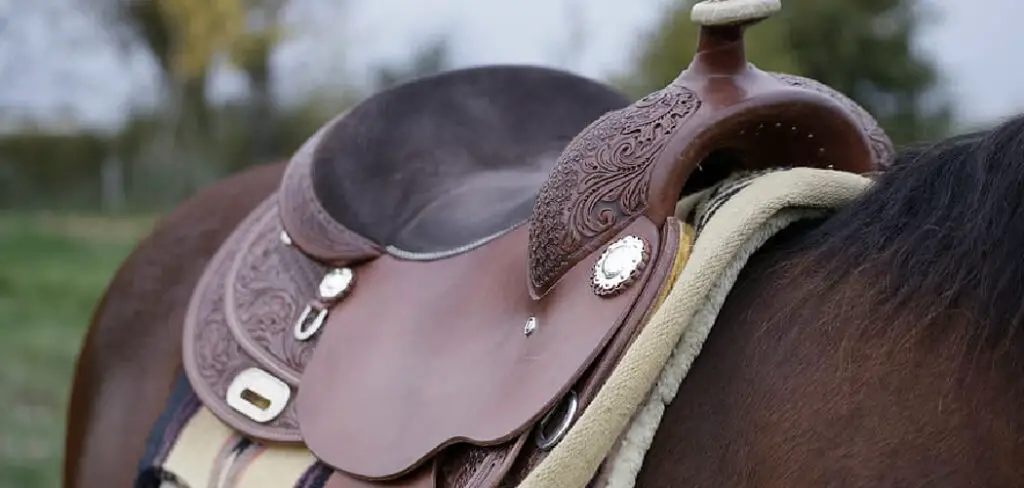
However, it’s important to approach leather cleaning with care and use the right techniques and products to avoid damaging the leather.
In this article, we will guide you through the process of how to clean leather saddle, providing you with step-by-step instructions and valuable tips. From removing dirt and sweat stains to conditioning and protecting the leather, we will cover all aspects of saddle cleaning.
Whether you have a classic Western saddle or an English dressage saddle, following these guidelines will help you maintain the beauty and functionality of your leather saddle for years to come. So let’s delve into the world of saddle care and learn how to clean a leather saddle effectively.
Importance of Cleaning a Leather Saddle
Cleaning a leather saddle is essential for its longevity and to ensure that it remains in optimal condition. Just like any other leather product, regular cleaning helps preserve the quality of the material and prevents damage due to dirt and debris buildup. Additionally, cleaning a saddle can help remove sweat build-up from the rider that can cause discoloration over time.
When cleaning your saddle, it’s important to use the appropriate products for the job. Using harsh chemicals or abrasive tools may damage your saddle, so be sure to read labels carefully before starting.
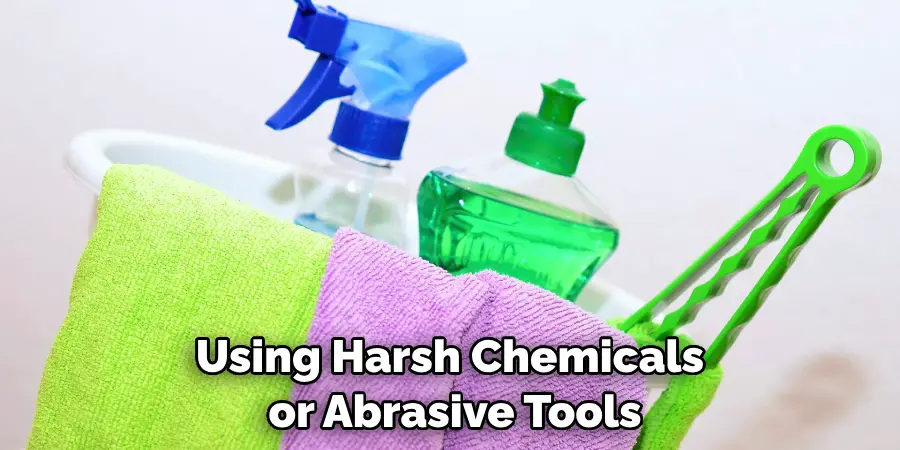
Additionally, avoid using water when cleaning; instead, use a dry cloth with specialized leather cleaner or conditioner as needed. Doing this will help keep your saddle in top shape and ensure that it lasts for a long time.
When you’re done cleaning, be sure to inspect your saddle for any damage or signs of wear and tear. If you notice any issues, repair them as soon as possible to prevent further damage down the line. Regular maintenance will help keep your leather saddle looking and feeling great for years to come.
Is Saddle Soap the Best Way to Clean Leather?
Leather saddles need regular care to maintain their appearance and durability. Saddle soap is a popular choice for cleaning leather saddles, but it isn’t necessarily the best way to go. It’s important to consider other options when you’re deciding how to clean your saddle.
The first thing to think about is the type of leather in your saddle. Different types of leather require different treatments, so it’s important to know what kind of material you’re dealing with before making any decisions. If you don’t know what kind of leather your saddle is made from, take it to a professional who can identify it and recommend the right cleaners for its specific needs.
If you already have some saddle soap on hand, there’s no harm in giving it a try. However, saddle soap is often quite strong and can damage certain types of leather if used on them. It’s best to err on the side of caution and use a milder cleaner or conditioner that won’t do any harm to the material.
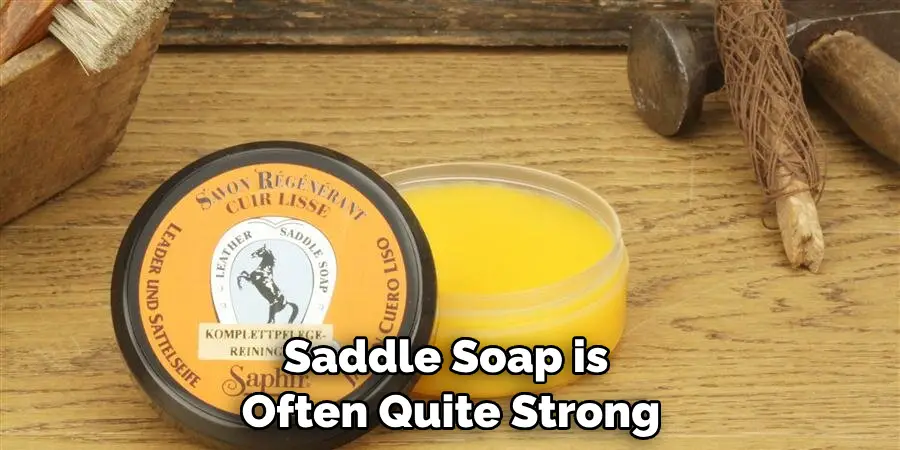
10 Methods How to Clean Leather Saddle
Method 1: Dry Cleaning with a Soft Brush
Begin by removing loose dirt, dust, and hair from the saddle using a soft brush. Gently brush the entire saddle, paying attention to crevices and hard-to-reach areas. This method is ideal for regular maintenance and light cleaning.
However, for deeper cleaning, you will need to use a more intensive method. While brushing, inspect the saddle for signs of excessive wear or damage that may need to be repaired. Additionally, check for any worn stitching, loose buckles, or cracks in the leather.
Method 2: Damp Cloth Wiping
Dampen a clean cloth with warm water and wring out any excess moisture. Wipe down the entire saddle, focusing on areas with visible stains or sweat marks. Avoid saturating the leather and ensure the cloth is just damp to prevent water damage. Once the saddle has been wiped down, let it dry naturally. When leather is exposed to too much moisture, it can become stiff and brittle.
If you need to use cleaning products, choose ones specifically designed for leather. Avoid harsher chemicals that could damage the material and cause discoloration. Use a soft cloth or brush to apply the cleaner and buff it in gently. Follow the instructions on the product label carefully and rinse away any excess cleaner. Once all the dirt and debris have been removed, let the saddle dry naturally.
Method 3: Mild Soap and Water Solution
Create a solution by mixing a small amount of mild soap, such as saddle soap or a gentle leather cleaner, with warm water. Dip a clean cloth or sponge into the solution and gently wipe down the saddle, focusing on stained or soiled areas. Rinse the cloth frequently and avoid over-soaking the leather. Once the saddle is cleaned, dry it with a clean, soft cloth.
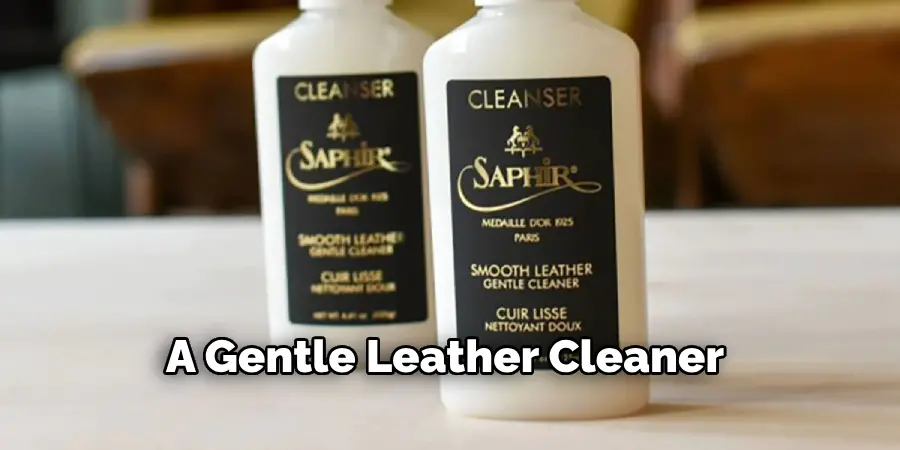
To protect the leather and keep it in good condition, you can apply a leather conditioner and a leather protectant. These products will help to nourish the leather, resist dirt and water, and keep the saddle looking new. For best results, apply the conditioner and protectant with a soft cloth and follow the instructions provided on the product label. With proper care and
Method 4: Vinegar and Water Solution
Mix equal parts of white vinegar and water to create a natural cleaning solution. Dampen a clean cloth with the mixture and gently wipe down the saddle. Vinegar helps remove stubborn stains and restores the leather’s natural shine. Rinse the cloth frequently and ensure the saddle is not overly damp. Allow it to air dry.
Once the saddle is dry, treat it with leather conditioner or a natural oil such as coconut oil. This will help protect the leather and keep it soft. Be sure to apply a small amount in a circular motion, avoiding excess and making sure not to saturate the leather. Wipe off any excess and buff the saddle to a shine with a clean dry cloth.
Method 5: Baking Soda Paste
Create a paste by mixing baking soda with a small amount of water. Apply the paste to stains or areas with built-up dirt, gently rubbing it in with a soft cloth or sponge. Allow the paste to sit for a few minutes before wiping it off with a clean, damp cloth.

If the stains persist, dampen a cloth with rubbing alcohol and use it to scrub away the residue. Once the soil has been removed, dry the saddle with a cloth and allow it to air dry. Finally, buff the leather with another soft cloth to restore its shine. With proper cleaning and maintenance, your leather saddle will last a lifetime.
Method 6: Saddle Soap
Saddle soap is a specialized cleaner designed specifically for leather saddles. Apply a small amount of saddle soap to a damp cloth or sponge and work it into a lather. Gently clean the entire saddle, paying attention to stained or soiled areas.
Rinse the cloth frequently and avoid excess moisture. Dry the saddle with a clean, dry cloth and allow it to air dry completely. If needed, apply a leather conditioner after the saddle is dry to moisturize the leather and help protect it from drying out. With regular cleaning, you can keep your saddle looking great for years to come.
Method 7: Glycerin Bar
A glycerin bar is another popular option for cleaning and conditioning leather saddles. Rub the bar directly onto the saddle’s surface, focusing on stained or dirty areas. Use a soft cloth or sponge to work the glycerin into a lather and clean the saddle. Rinse the cloth frequently and ensure the saddle is not overly wet.

Once the saddle is clean, allow it to dry completely before using. Glycerin bars can be found in most tack shops or online. They are an affordable and convenient way to clean your saddle and keep it looking its best. Be sure to follow all directions on the bar’s packaging for best results.
Method 8: Leather Conditioner
After cleaning the saddle, apply a suitable leather conditioner to moisturize and protect the leather. Follow the manufacturer’s instructions for application. Apply the conditioner using a clean cloth, gently massaging it into the leather. Allow the conditioner to absorb and then wipe off any excess.
Leather conditioner helps keep the leather supple and stops it from drying out or cracking. It also helps protect against fading and discoloration caused by the sun. Be sure to use a leather conditioner that is formulated for saddle leather, as some products may darken or otherwise damage your saddle.
Method 9: Removing Stubborn Stains
For stubborn stains or marks on the leather saddle, you can use specific stain-removal products designed for leather. Follow the product instructions carefully and test on a small, inconspicuous area before applying it to the stain. Gently work the stain remover into the affected area and wipe it clean with a damp cloth.
If the stain persists, repeat the process until it is gone. Once you have finished removing the stain, be sure to use a leather conditioner or oil to restore the leather’s natural oils and help it stay hydrated. This prevents cracking and drying of the saddle leather. It is important to note that some stain removers can be very harsh and should not be used too often or on highly sensitive leather.
Method 10: Routine Maintenance and Storage
Prevention is key to maintaining a clean leather saddle. Regularly brush off dirt, dust, and sweat after each ride. Avoid exposing the saddle to excessive moisture or direct sunlight, as these can damage the leather. When not in use, store the saddle in a cool, dry place with proper ventilation to prevent mold or mildew growth.
To further protect the leather from damage, condition it once or twice a year with a quality leather conditioner. This will help keep it soft and supple while also preventing it from cracking or drying out. Regular maintenance and proper storage of the saddle will help keep it looking great for years to come.

Things to Consider When Cleaning Leather Saddle
1. Identify What Type of Leather You Are Dealing with:
Different leathers have different levels of sensitivity and require different cleaning techniques, so it’s important to identify the type of leather you are cleaning first.
2. Gather Your Cleaning Supplies:
You will need a soft cloth, saddle soap, lanolin oil, and a leather conditioner to get your leather saddle properly cleaned. Be sure to use these supplies as recommended by the manufacturer so that you don’t damage the leather.
3. Clean Carefully:
Clean your leather saddle with a damp cloth and saddle soap to remove dirt and grime, but be sure to avoid using too much water as it can damage the leather. Then, use lanolin oil to give your saddle a layer of protection against water and dirt.
4. Condition Regularly:
Leather conditioners help to keep the leather supple and free from cracking or drying out. Apply a leather conditioner about once every three months, or as needed depending on how often you use your saddle. This will help to extend its life and keep it looking good.
5. Store Properly:
When not in use, store your leather saddle in a dry area away from direct sunlight and other sources of heat. This will help to ensure that it stays in top condition for as long as possible.
These tips can help you keep your leather saddle in great condition with minimal effort. With regular cleaning and conditioning, you can enjoy your leather saddle for many years to come.
Conclusion
Leather saddles require proper care and maintenance in order to be kept in good condition. Making sure you identify the type of leather, gather your cleaning supplies, clean the saddle with saddle soap and lanolin oil, and condition the leather will help keep your saddle looking new for years to come.
Taking the time to properly care for your leather saddle will not only extend its life but also make it look better over time. Hopefully, this article gave you some helpful tips about how to clean leather saddle successfully, so now that you have the proper knowledge on how to get the job done, why not give it a try today?

